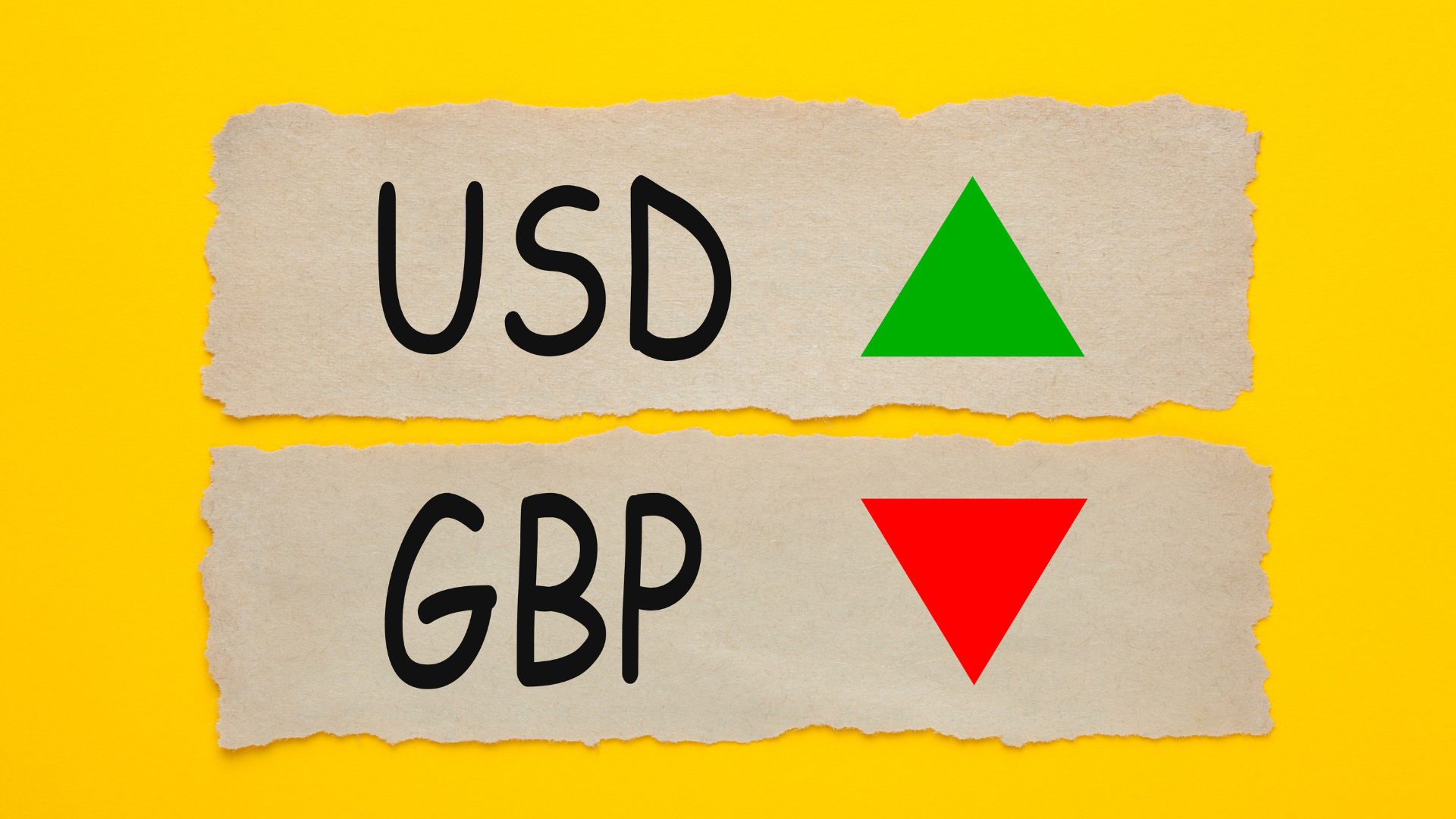The British pound steadied near 1.2450 against the U.S. dollar, but downside risks persist as the Federal Reserve’s hawkish stance continues to pressure risk-sensitive assets. Investors remain cautious, with expectations of prolonged higher interest rates in the U.S. dampening the appeal of the sterling.
Recent economic data has reinforced the Fed’s position, with strong labor market figures and resilient inflation supporting the case for tighter monetary policy. Fed officials have signaled little urgency to cut rates, keeping the U.S. dollar firm and limiting upside potential for GBP/USD. Traders are now pricing in fewer rate cuts this year, further strengthening the greenback’s position.
Meanwhile, the Bank of England faces a more complex landscape. Weaker UK economic data, including sluggish growth and sticky inflation, has led to uncertainty over the BoE’s next move. While markets anticipate potential rate cuts later in the year, policymakers remain cautious, assessing inflation risks before adjusting monetary policy.
Risk sentiment in broader markets also plays a role in shaping GBP/USD moves. Geopolitical concerns and ongoing uncertainty around global economic conditions have increased demand for the dollar as a safe-haven asset. The pound, in contrast, remains vulnerable to external pressures, with limited domestic catalysts to drive a significant rebound.
For now, GBP/USD’s near-term direction hinges on upcoming U.S. economic releases and commentary from both central banks. A sustained break below 1.2400 could accelerate selling pressure, while a recovery above 1.2500 would require a shift in market expectations on Fed policy. Until then, the pair remains under pressure, with the dollar holding the upper hand in the current macroeconomic environment.













